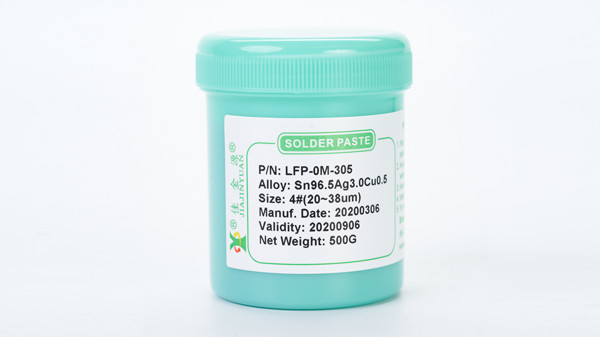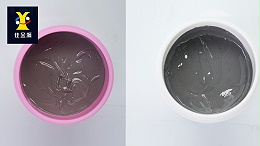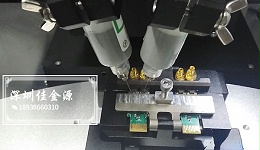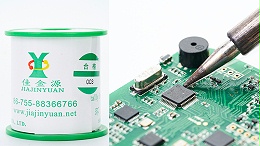
If you want to know which lead-free solder paste is more suitable for your electronic products, the easiest way is to use it. Give it a try. Not only can you know which lead-free solder paste is more suitable for use, but you can also discover your own technical deficiencies during the application process. In this way, how to determine whether lead-free solder paste can be used? The solder paste manufacturer will explain it to everyone:

If five defect phenomena such as bridging, peeling, insufficient adhesion, collapse and blurring after printing are found in the solder paste printing, and the influence caused by operational issues is ruled out, it can be determined that the problem lies with the solder paste itself.
1Bridging, collapse, blurring and uneven proportion of metal components in solder paste; The viscosity is insufficient and the tin powder particles are too large.
2When soldering with solder paste, if the activity is too strong, a layer of skin may form at the soldering area. If lead-containing solder paste is used, the lead content may be too high to be acceptable.
3Insufficient adhesion may be due to the fact that the solvent in the solder paste is prone to evaporation, the proportion of metal in the solder paste is too high, and the particle size may not match. If there are no faults after welding, we need to pay attention to the appearance. Generally speaking, there are few faults caused by solder paste. We need to see if there are any residues after welding? Are there any solder beads adhering to the surface? Will it corrode the board?
In addition, attention should be paid to the environment in which lead-free solder paste is used, as using it in an unsuitable environment may cause adverse reactions to the lead-free solder paste. So it is necessary to choose a suitable environment for use. The application environment of lead-free solder paste generally has the following requirements:
1After the solder paste is printed, it should be refilled within four hours. If the time is too long, the solvent will evaporate, the viscosity will decrease, resulting in poor solderability of the parts or the formation of tin balls after absorbing moisture. In a high-temperature and high-humidity environment, such as at room temperature30Degree, humidity80%If solder paste is printed on a circuit board, especially on silver conductors, and placed aside for reflow soldering, the force of the solder paste will decrease.
2Solder paste is affected by humidity and temperature. Therefore, it is recommended that the working environment be at room temperature23-25Degree, humidity60%. The viscosity of solder paste can be at23~25Adjust the viscosity to an appropriate level. Therefore, if the temperature is too high, the viscosity will be too low. If the temperature is too low, the viscosity will be too high, and the perfect effect cannot be achieved after printing. In a high-temperature and humid environment, due to the hygroscopicity of solder paste, it will absorb moisture from the air, resulting in solder balls and splashing.
3If the solder paste is blown by the wind, the solvent will evaporate, reducing the viscosity and causing the skin to peel. Therefore, try to avoid air conditioners and electric fans blowing directly at the solder paste.
Next, let's make a summary: Specific requirements for solder paste: Let me share with you all. First of all, it needs to have better rolling characteristics. The viscosity is low during printing and high after printing. It has a good peeling effect on the screen and scraper. In addition, it is not easy to dry completely at room temperature, but it dries easily at preheating temperature.



